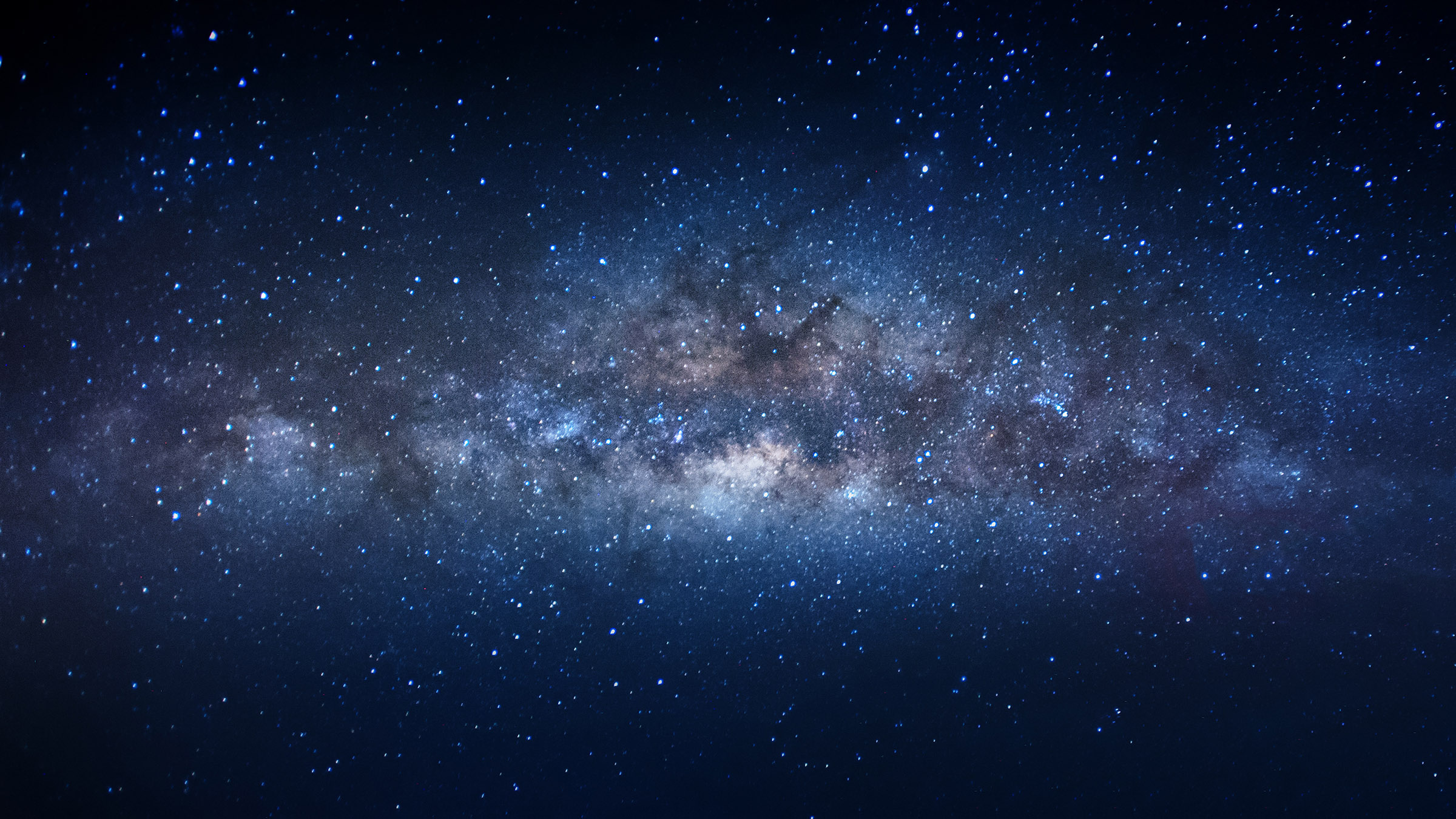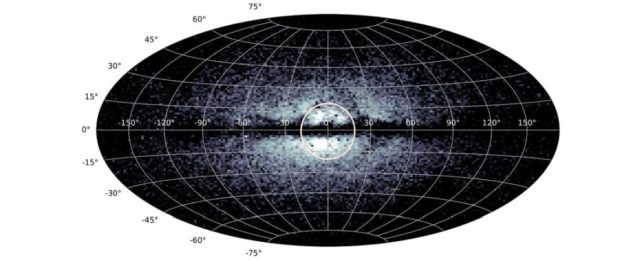There may have been more than one galactic core in the Milky Way’s history, which spans over 13 billion years. That is, at least, what a recent study contends. The relevant study, which was released in The Astrophysical Journal, highlights the Milky Way’s 12.5 billion-year-old primordial core.
This core, the researchers say, has been noted before in prior studies. However, this is the first time that it has been outlined and fleshed out in such detail. The researchers say they were able to tie everything together so nicely due to the metallicity of the stars. This is essentially the chemical compositions and motions that the stars have in common.

By looking at this information, the researchers were able to determine which stars are more tightly bound together, giving them a good overview of the ancient Milky Way’s core. But, because stars reach the limit of their ability to fuse atomic nuclei and die, it makes sense for the core of our galaxy to have changed over time.

Image source: udoikel09 / Adobe
Because the earliest stars were mainly made up of hydrogen and helium, this ancient Milky Way core was easy to outline because it didn’t contain the many metals that later stars contained. Thus, when you find a group of stars with similar metallicity, it makes sense to conclude that they are from a similar population or even a formation.
So, when researchers looked at this area of the galaxy using the ESA’s Gaia space observatory, they identified more than two million stars whose metallicity suggests they were present before the Milky Way’s edge expanded and it became filled with stars. The researchers then began to call the ancient core of the Milky Way the “poor old heart” of the Milky Way because they are metal-poor and very old.

A map of metal-poor red giant stars in the galactic center. (H.-W. Rix/MPIA)
They’re also coincidentally found in the heart of our galaxy, which makes it possible that the remnants are the remainder of proto-galaxies from our galaxy’s infancy. These “seeds” or stars were not full-fledged galaxies themselves, but instead the seeds that would later clump together to form our Milky Way galaxy, which would then grow as galaxies merged together even more.
Source: sciencealert.com





